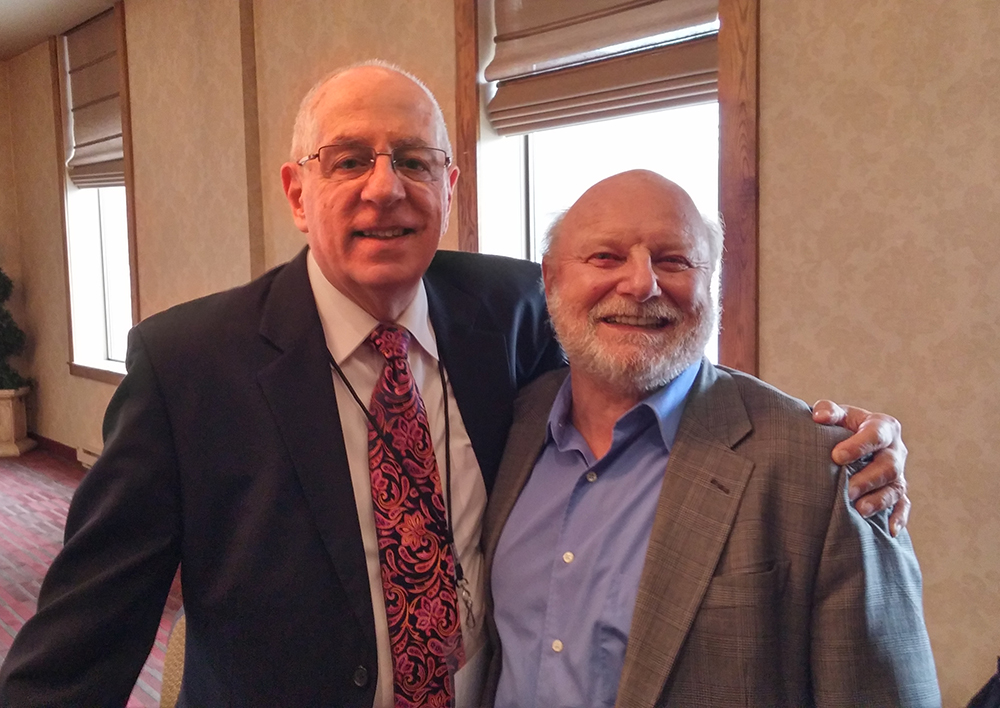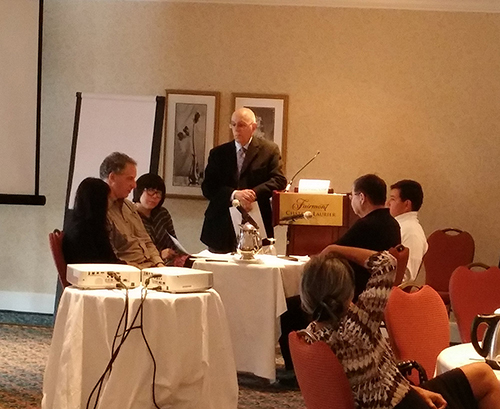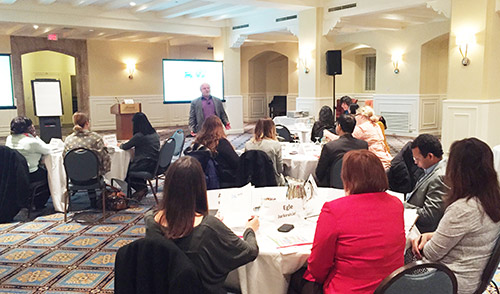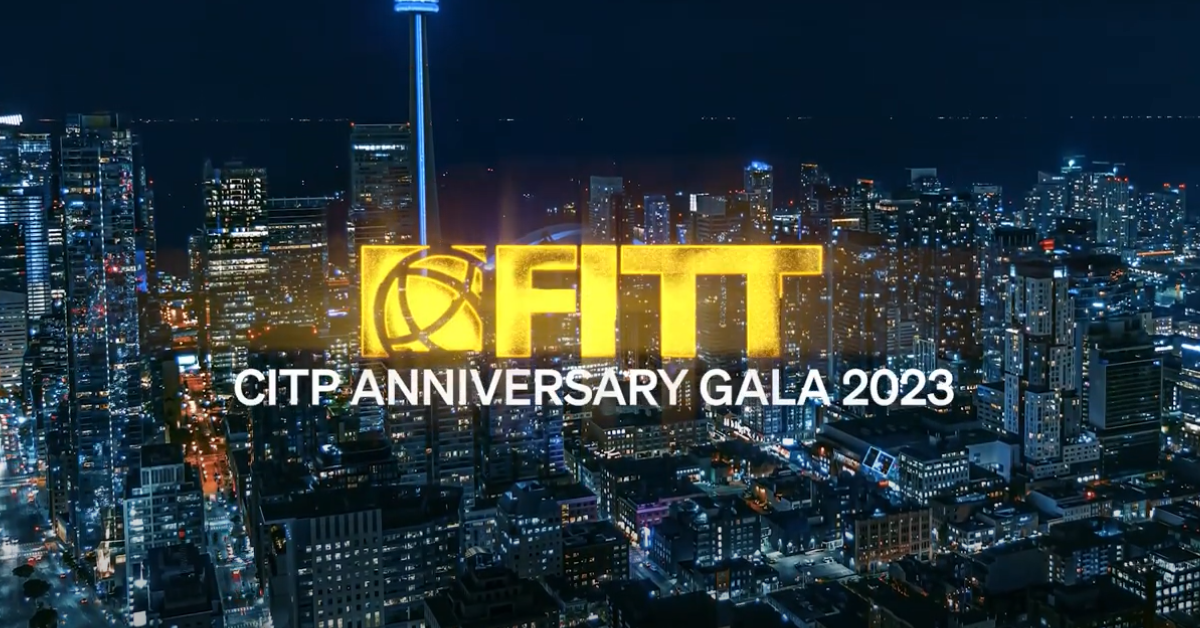
In March, FITT hosted an intensive training course for locally engaged Trade Commissioners (DFATD) from all around the world.
In the two separate training groups there were over 30 nationalities present, creating a unique challenge to instructors Ennio Vita-Finzi, CITP®|FIBP® and Ray Joyce, CITP®|FIBP®. How does one maintain consistency in training while getting the message across to such a diverse group of people? We know the monumental differences in the way that cultures around the world communicate.
The use of specific words, body language, tone, and even the pitch of your message could be interpreted very differently, depending on the native culture and nationality of the individual you are speaking to.
In addition to the cultural differences, Ray and Ennio had to prepare their groups to pass exams in 4 of the FITTskills courses in only a week.
Here’s what they had to say about their approaches to these challenges, and their experiences working with these unique groups of people.
1) The importance of starting on the right foot and finding common ground
Both instructors felt that with groups this diverse, the first item on the agenda should be finding some common ground to start from. Establishing mutual respect, though opinions and objectives may vary, was the first challenge.
Ennio:
My experience with the locally-engaged Trade Commissioners was very positive. I told the group that they were the “golden persons” for Canadian exporters. They have the personal insights, the language, certainly the cultural secrets of what makes their market “tick”, as well as the contacts and sector expertise.
Ray:
I started in my usual way by asking them to tell me who they were, where they were from, what they did and what their expectations for the week were. I tried to find something to use in what everybody told me, to make a connection with them and to try and figure out who the active people in the group would be.
It turned out I had about 15 different nationalities in the room, all with different cultural traits and styles of learning.
I had some participants who were used to the teacher being in charge. I had some who were very excitable and outspoken.
The rest were from a variety of cultures, and this meant that I had to think about all these things as I was deciding how to vary my presentation, in order to accommodate this.
Add to this the range of ages in the room, the male/female ratio, and level of experience from almost beginner to 20 plus years of experience, and I began to appreciate the challenge facing me.
Having this many different cultures in the room at once was a new experience.
Ennio:

I also shared many of my own personal experiences in the field and they shared back (and I told them that I was learning from them!). I told them that I had also been a Trade Commissioner abroad, and had done the same “local” work they did (because I often did not have any locally-engaged staff to back me up). In short, I tried to show an understanding of their situation to build relationships with each of them.
I think that one of the most important things I was able to do with the group was to ensure that we were ALL TOGETHER in this program….there was no “teaching down” to them, and no “this is the way”.
In my experience/opinion, the only way to teach, instruct, learn, encourage, motivate or pass on information is to find some common ground to work with.
I was glad to see my group working together, particularly in the negotiating exercise we did on the last day.
2) Overcoming the first language obstacle

Ray felt it was important for him to address the first possible language barrier that his group would encounter – his own accent.
Ray:
I told them about my background, experiences, goals and objectives for the week. I told them that I was from Liverpool, England and that if I spoke too fast, or my accent became too heavy then they should tell me and I would attempt to slow down.
This was necessary because if I become very excited about what I am talking about I tend to speak quicker. In an effort to encourage participation and to utilise the experience in the room, I told them that I did not presume to know everything, as that was impossible, and if they did not understand what I said or if they wanted to add anything, then they should stop me and interject. As a result, this became the liveliest group I have ever been involved with.
We frequently paused to engage in lively discussions about the subject at hand, even when guest speakers were talking to the group. So it was interesting to see how this encouragement affected the group dynamic.
3) Setting the students up for success
Ray and Ennio had tricks up their sleeve for ensuring their groups learned, understood, and retained the material they were covering.
Ray:
For Ray, his particular concern was making the material relevant and interesting to this diverse group.
“My teaching style is very interactive and I like to tell lots of stories based on real life experiences, both my own and my clients. I want to make the course as interesting as possible for the participants so I establish some criteria as to how I will present the material.
The selection criteria that I used were; is the material critical to understanding the topic covered by the chapter? Does it have some significance to their daily job?
“Can I make it interesting with appropriate examples to bring it to life and to provide them with a mnemonic by which to remember the topic under review?”
“I reviewed the list of participants and where they were from to make sure that I had stories in my arsenal relevant to all of them. I am glad I chose to focus on the practical application of the knowledge being shared as that is what makes FITT training stand out from other international trade training materials.”
Ennio:
Ennio wanted to ensure his group was prepared for the types of questions they would encounter on the exams. Test-taking can be difficult enough in your own native language. Imagine taking one in a second or third language.
“I told them that multiple-choice questions are even difficult for native English-speakers, and showed them a few tricks from my own experience. In short, I tried to give them some pointers that would take off the pressure that the word “exam” brings with it.”
Final thoughts
Ray:
The participants came from a variety of countries with very different cultures and business practices. There were many interesting moments, and I made a lot of friends.
I will end with one last anecdote. At the end of the week long training, as we were all saying our goodbyes, I got probably the nicest criticism of my performance I have ever had.
Two young ladies who had sat quietly through my presentation came up to me with beautiful smiles on their faces and with no malice said to me, “Mr. Joyce we love your accent but we don’t understand what you say.”
Would I do it again? In a heartbeat; it was exhilarating and I learned a lot from the experience that I can use in the future. I also made many new friends that I look forward to seeing again.
Ennio:
“On my return home, I sent them all a personal email thanking them for their participation in the program and have had several emails in return, thanking me for the training and inviting me to see them at their posts if I ever go their way.”
FITT and DFATD have been working together on such sessions a couple of times each year since 2013. The feedback from Trade Commissioners has shown that the practical skills and knowledge acquired during these sessions are a valuable asset to the Trade Commissioners’ roles.
We look forward to bringing you more stories on the unique experiences we encounter during these sessions.
Do you have any experience in teaching culturally diverse groups of executives? What are your tips on overcoming the challenges faced in doing so?









disqus comments